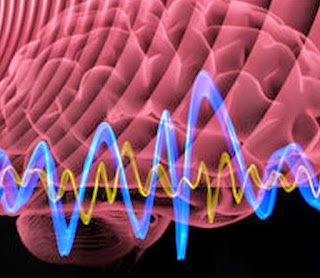Muscle "tone" is the muscle's normal tension. "Atonic" (a-TON-ik) means
"without tone," so in an atonic seizure, muscles suddenly lose strength. The
eyelids may droop, the head may nod, and the person may drop things and often
falls to the ground. These seizures are also called "drop attacks" or "drop
seizures." The person usually remains conscious. These seizures typically last
less than 15 seconds. They often start in childhood yet last into adulthood.
Many people with atonic seizures are injured when they fall, so they may choose
to use protection such as a helmet.
Another name for this type of seizure is "akinetic" (a-kin-ET-ik), which
means "without movement."
Atonic seizures usually begin in childhood and are often seen in syndromes
like Lennox Gastaut syndrome.
In an atonic seizure, the person's body will get limp. If sitting, their head
or upper body may slump over. If standing, the person many fall limply to the
ground. People who have seizures that cause them to fall rigidly (like a tree
trunk) often have tonic seizures (involving sudden muscle contraction) rather
than atonic seizures.
Usually descriptions of the seizures by witnesses will suggest the diagnosis.
Some EEG monitoring may be performed to confirm it. If the seizures persist,
other tests may be used to make sure that changes in the heart rhythm or blood
pressure are not causing the patient to fall down.
How are atonic seizures treated?
There are medicines, devices (Vagus nerve stimulator) , diet ( ketogenic or
modified Atkins) and even surgeries (callosotomy) that can help prevent atonic
seizures.


No comments:
Post a Comment